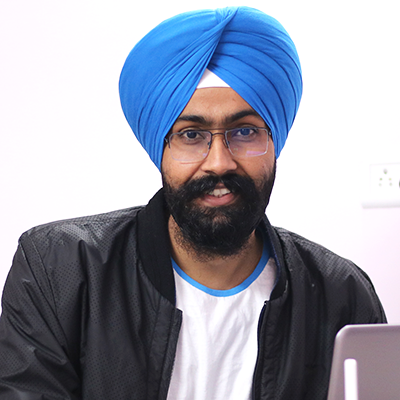Casey Peddicord is Globalia's senior vice president of sales. Casey discusses his approach to optimizing RevOps, focusing on simplifying and minimizing complexity. He addresses the myth that complexity is necessary for growth and makes the case that big and small companies should concentrate on developing simple, efficient procedures to increase sales.
Casey uses examples from his own experiences to highlight the significance of returning to the fundamentals, streamlining tech stacks, concentrating on top priorities at every stage of the business process, and guaranteeing a unique client experience for long-term business growth. He also shares his views about the advantages of this collaboration and SmartBug's recent acquisition of Globalia.
Read this blog till the end to learn more about the complexities of RevOps and get tips on how to accelerate business growth while keeping the process simple. Casey will debunk the myths and answer questions related to RevOps.
Myth: RevOps procedures must be complicated and require a large staff.
Casey observes that many people favor complexity. Overly complex processes can cause organizations to become outdated. For him, the secret is to keep things simple. The essential component of his example is CRM systems like HubSpot. He recognizes the potential advantages of workflow automation technologies but questions the added benefit of complex workflows.
He favors a simpler strategy. Casey strongly emphasizes smoothing clients' purchases from the business. Purchasing should not be difficult; if it seems that way, getting support is always a good idea.
Casey debunks the myth that complex development and big teams are necessary for complicated operations. He believes starting basic and adding complexity later if needed is preferable.
How can simplifying processes allow for faster advancement, and what steps must a business take if problems arise?
He believes that companies that consistently follow the same procedures, even when ineffective, risk creating blind spots. These blind spots might lead to the idea that the way things are done now is the only ideal way.
Help from outside experts, such as business strategists or consultants, can help gain new insights, uncover blind spots, and provide fresh perspectives. This does not necessarily require a lot of money; even a few hours of advice can be beneficial. He emphasizes the potential advantages of a new viewpoint, irrespective of the industry.
How can firms go beyond their daily operations to identify possible obstacles or inefficiencies in their workflow, like coordinating client sales and marketing? Can an external viewpoint help?
Casey admits that doing the same thing repeatedly might make you feel like you are making progress, especially if you have been working. He warns that it might not be positive to succeed despite inefficient procedures. He wonders if these methods are the greatest for the company's long-term growth and well-being.
He points out the importance of outsiders' viewpoints. Casey has seen how a straightforward recommendation from an outsider may lead to positive change. He emphasizes the value of at least considering these outside perspectives, even if doing so does not result in rapid implementation.
What technology-related worries keep Casey up at night, given his position in Galia's revenue operations and his work helping other firms develop growth strategies?
He sees a pattern where companies purchase tools such as HubSpot to address issues but might not use them to their full potential. This shows the comprehensiveness of HubSpot's marketing, sales, service, and website management. He believes that even a strong tool like HubSpot requires a professional driver to operate at its best, just like a race car.
His clients have trouble making a profit, getting poor reviews, etc., but he does not stop considering their operations from a distance. He promotes a "slow down to speed up" strategy in which an extended break allows an in-depth analysis. He thinks this might result in major advancements.
He meets overly worried clients concerned about minor settings, duplicate information, or complex operations. Casey presents a more practical solution, advising them to concentrate on things that bring in money while he takes care of those minute details.
How does he ensure others support his approach and successfully identify what is essential and what is not in various business environments?
He emphasizes the importance of process mapping to providing consumers with efficient service. Many customers think they have their processes completely figured out, but he makes the case for a thorough and cooperative remapping process.
Casey advises going through each phase step-by-step, from the first client touchpoints to possible brand advocacy. After this thorough mapping, he thinks there is room for improvement.
He uses the marketing-to-sales handoff as an example. By examining the mapping process, he determines which areas need improvement most—the top and the lowest three. Concentrating on these key goals can significantly improve a company's performance compared to rivals.
He agrees that no one-size-fits-all checklist exists and that different businesses would have different objectives. Casey is against the use of general corporate frameworks and in favor of a more customized strategy.
He aims to produce a unique experience for the client business and its customers. He prioritizes giving them a sense of worth at every stage. If the top priorities within each step are determined, the rest of the specifics will fall into place.
Casey Peddicord highlights the significance of prioritizing the client experience and constantly evaluating company processes. Companies should work with outside resources to develop unique customer experiences and pinpoint areas that need development. They should not be scared to pick up knowledge from others regardless of size or sector.
Listen to the full episode here.


